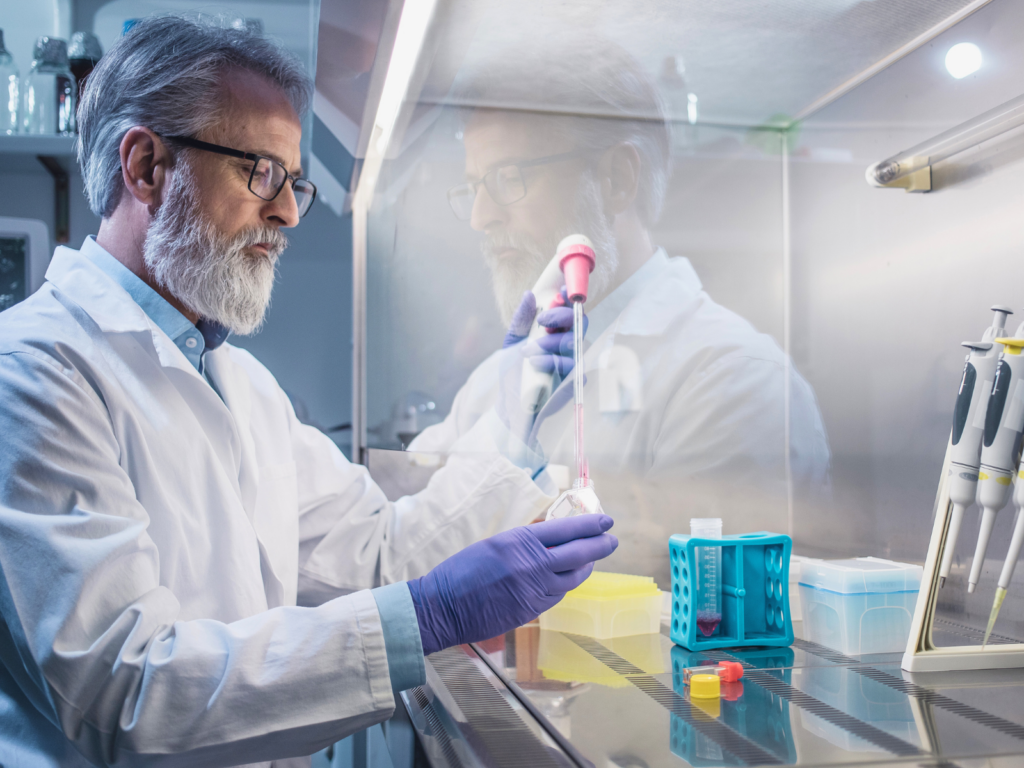What is a Chemical Fume Hood?
A chemical fume hood is a piece of laboratory equipment designed to protect laboratory personnel and the surrounding environment from hazardous chemicals and vapors. It is essentially a ventilated enclosure that draws air away from the work area and into a filtration system to remove toxic substances before releasing it back into the laboratory or the outside environment.

The Benefits of Using a Chemical Fume Hood
1. Improved safety: A fume hood provides a barrier between the laboratory worker and the hazardous chemicals they are working with. By isolating the chemicals and their fumes, the risk of exposure to these substances is significantly reduced, providing a safer working environment.
2. Protection of the environment: Chemical fume hoods are designed to capture and remove toxic fumes and vapors, preventing them from being released into the laboratory or the environment. This helps to minimize the risk of environmental contamination and potential harm to surrounding communities.
3. Versatility: Chemical fume hoods are versatile and can be used for a wide range of laboratory procedures, from handling hazardous chemicals to mixing and dispensing materials.
4. Regulatory compliance: The use of chemical fume hoods is often a requirement for compliance with safety regulations in laboratories. By using fume hoods, laboratory personnel can ensure that they are following safety protocols and meeting regulatory requirements.
5. Improved workflow: By providing a safe and reliable workspace, chemical fume hoods can help to improve the efficiency and productivity of laboratory personnel. They can work with hazardous materials with confidence and without fear of exposure, enabling them to focus on their work and achieve better results.

A Chemical Fume Hood verses a Biological Safety Cabinet
While chemical fume hoods and biological safety cabinets may appear similar, they serve different purposes in the laboratory.
A chemical fume hood works by drawing air away from the work area and into a ventilation system that removes toxic substances before releasing it back into the laboratory or environment. Chemical fume hoods are typically used for handling hazardous chemicals, mixing and dispensing materials, and performing other chemical procedures.
On the other hand, a biological safety cabinet (BSC) is designed to provide a sterile working environment for laboratory personnel who are handling infectious microorganisms or other biological materials. A BSC works by creating a negative pressure environment that prevents microorganisms from escaping the cabinet and infecting laboratory personnel or the environment. The air inside the cabinet is filtered through a HEPA filter to remove any microorganisms before it is released into the laboratory or environment. Biological safety cabinets are typically used in microbiology, virology, and other fields that involve working with infectious agents.
In summary, while both chemical fume hoods and biological safety cabinets provide a safe working environment for laboratory personnel, they are designed for different purposes. A chemical fume hood is designed to protect personnel from hazardous chemicals and fumes, while a biological safety cabinet is designed to provide a sterile environment for working with infectious agents.
.

How Allometrics can Help!
Our more than forty years of experience in the field of chemical fume hoods has given us the capability to analyze and repair fume hoods from a wide range of manufacturers. Our service programs focus on testing, repairing, calibrating, and certifying new and used equipment sales of chemical fume hoods.
In addition to medical equipment calibration, Allometrics also offers environmental sampling, HEPA filter testing, air sampling, chemical fume hood preventative maintenance, and pipette certification.
When you are ready to begin your spring cleaning, please do not hesitate to contact us.





